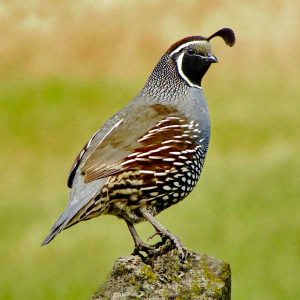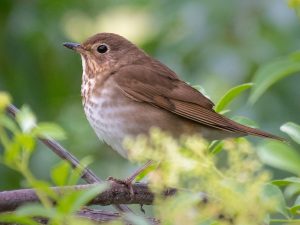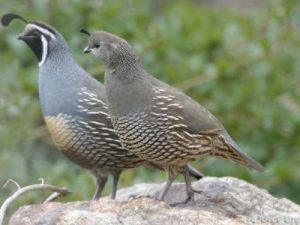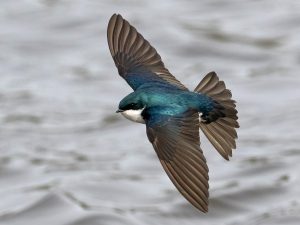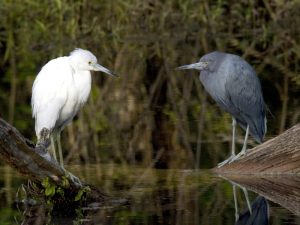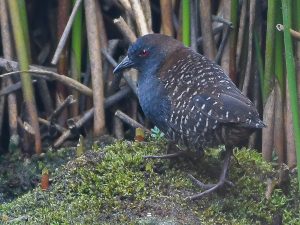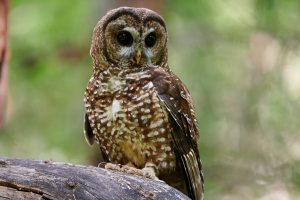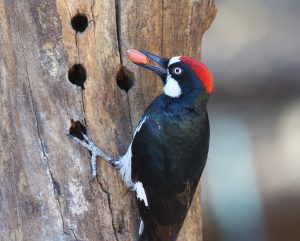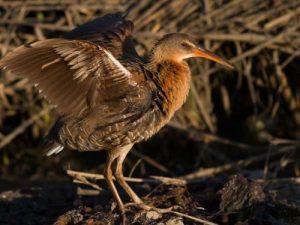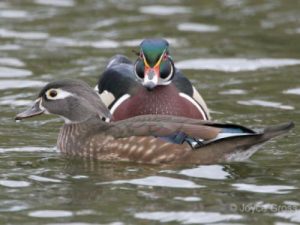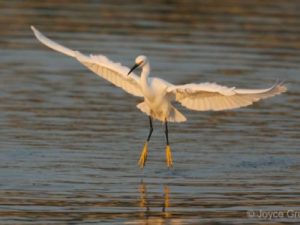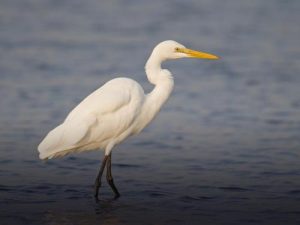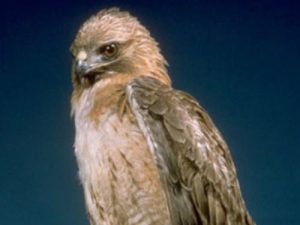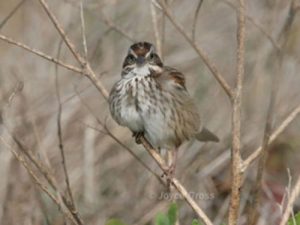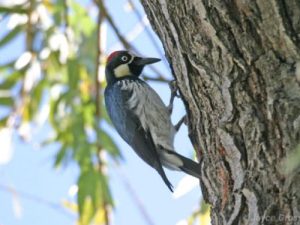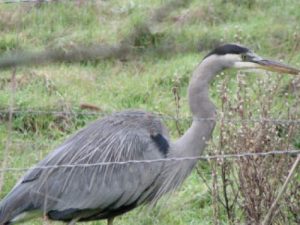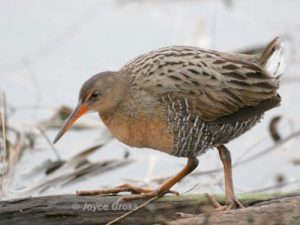Birds
Over 150 species of birds live and breed in Marin County’s coastal bay lands. Many of them are rare and threatened species.
These birds rely on three main watershed features:
- Mature riparian trees and snags for roosting and nesting
- Fish, amphibians and other small animals for food
- Natural tidal flows to maintain rich coastal marsh habitat
Pacific Flyway
The Pacific Flyway is one of four major North American migration routes for birds, especially waterfowl. It extends from Alaska and Canada, through California, to Mexico and South America.
Hundreds of thousands of shorebirds and waterfowl migrating the Pacific Flyway stop for the winter in the Richardson and Tomales Bays. Richardson and Tomales bays have eelgrass beds that provide rich feeding grounds.
Rare and threatened species
California Ridgway's rail (formerly called California clapper rail)
The endangered California Ridgway's rail inhabits coastal salt marshes, feeding on invertebrates. The California Ridgway's rail builds its nests on or near the ground in dense marsh vegetation such as pickleweed, cord grass, and gumplant.
California black rail
The threatened California black rail is usually found in brackish marshes. Brackish marshes have unrestricted tidal flow where dense cover is available to protect them from predation by enemies. The black rail weaves its cup-shaped nest in tall grasses or marsh vegetation.
Northern spotted owl
The upland dense redwood-fir forests support the threatened northern spotted owl, at the southern limit of its range. Spotted owls inhabit forests with multi-layered canopy cover. They use natural cavities or platforms of branches in mature or standing dead trees as nests. Woody debris on the forest floor provides habitat for the mice, voles, and other small mammals that the owls hunt.
Familiar bird species
The riparian corridors of Marin’s lower hills and valleys support some of our more familiar bird species.
California quail
California quail are plump, short-necked game birds with a small head and bill. They have short, very broad wings. California quail nest on the ground in dense vegetation near streams or other water sources. You’ll find California quail in:
- Chaparral
- Sagebrush
- Oak woodlands
- Foothill forests
Red-tailed hawks
Red-tailed hawks build nests from materials in mature trees along forested streams and drainages. They construct nests from:
- Sticks and twigs
- Bark
- Mosses
Red-tailed hawks are carnivores, their diet varying with the location and the season. They hunt a variety of small animals, such as:
- Snakes
- Frogs
- Rodents
Swainson’s thrush
Although shy, the Swainson’s thrush is vocal, with a unique upward-spiraling song. You'll hear them in well-vegetated riparian habitats. These birds build their nests in low branches or crotches of willows. Swainson's thrush line their nests with grasses and other fine planter. They fashion their nests with a mix of:
- Leaves
- Twigs
- Mosses with mud
Heron and egrets
Great blue herons, great egrets, and snowy egrets nest in colonies high in:
- Large fir tress
- Bay tress
- Oak trees
- Eucalyptus trees
These birds often nest near shallow water, foraging grounds where they stalk fish, crustaceans, and other small animals.
Tree swallows
Tree swallows frequent riparian corridors and surrounding woodlands. They use old tree snags and excavated cavities for nesting, as do wood ducks.


